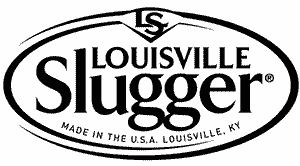Message board »Message Board home »Sign-in or register to get started
Online now: 2 members: Dick6, TABLE SETTER 11; 71 anonymousDiscussion: Thrown ball hits batting teams bats along the fence
| Posted | Discussion |
| July 26, 2022 marcster13 102 posts | Thrown ball hits batting teams bats along the fence Awhile back I was chatting with an ump in our league when the left fielder threw an errant ball along the fence on third base side of the batting team. It somehow missed all of the bats that were laying against the fence. The ump then turns to me and says something along the lines of "why do players not intentionally throw the ball at the batting teams bats when the runner is the winning run or fifth runner of an inning, especially if they have no chance of throwing the runner out at home". We had some laughs about it, but it was great point. It would be a dead ball out and runner does not score. So fast forward a few months. We had two outs and I was in left field. It wasn't the fifth run or game ender situation. I threw a dying duck from left field to third, horrible throw that was not on purpose. It goes over his head and rolls along the batting teams dugout along third base. Ball hits two bats. I was laughing and was thinking wow that's great that it works! Well, this ump blew it and said no dead ball out. He claimed since the bats were standing against the fence and not laying on the ground it wasn't a dead ball out. Just wanted to share in case anyone has a crunch time situation and needs to use this "tactic" to get out of a sticky situation. |
| July 26, 2022 rlspls1974 Men's 65 119 posts | Here is an excerpt from the SSUSA Rule book. 8.4(10) • WHEN RUNNERS ARE ENTITLED TO ADVANCE D. When the ball is in play and is overthrown (beyond the boundary lines) or is blocked. EFFECT: All runners will be awarded two bases, and the award will be governed by the positions of the runners when the ball left the fielder's hands. If two runners are between the same bases, the award is based on the lead runner. EXCEPTION: 1. If the ball becomes blocked because of offensive equipment not involved in the game, the ball is ruled dead and runners are returned to the last base touched at the time of the blocked ball. If the blocked ball prevented the defense from making an out, the runner being played on is called out. |














